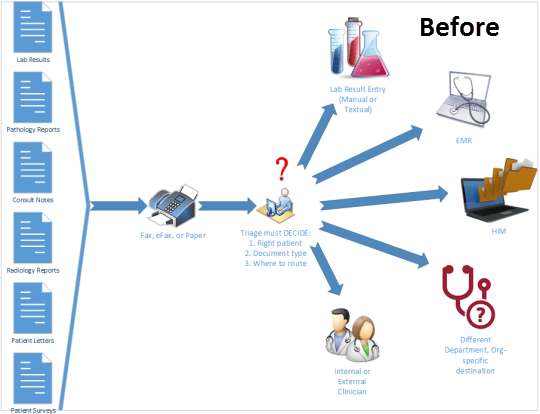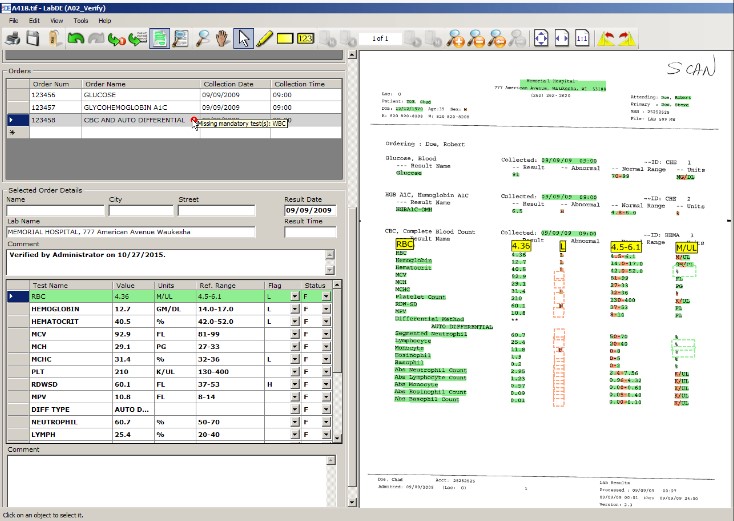There's more than one letter?
If your letter is from the United Network for Organ Sharing (UNOS), it will most likely be from the UNOS Membership and Professional Standards Committee (MPSC) after it performed a review of your center's data. The MPSC will have flagged your program due to either functional inactivity (a failure to perform a transplant every 3 months, or in the case of pancreas, one every 6 months) or due to outcomes that are below expected results. If the issue is a volume issue, you will be asked to document how your center is trying to increase the activity as well as what are your surgeons and physicians are doing to maintain their skills in the operative and medical management of the organs in question. You will also be asked to justify the turn down codes for the organ offers you have received. Should the issue be one of outcomes, you will be asked to provide synopses of the cases in question and include an analysis of what led to the below expected outcome results. In addition, you will likely receive a Transplant Outcomes questionnaire that probes the experience of the surgeons, transplant physicians and administrator at the program as well as the extent of institutional support and commitment both from hospital leadership as well as from ancillary services and multi-disciplinary participation. An activity log will be provided to assess how many patients are evaluated, listed and transplanted at the center. Depending upon the situation, MPSC may request follow-up reviews to monitor the program's progress.
Read More








